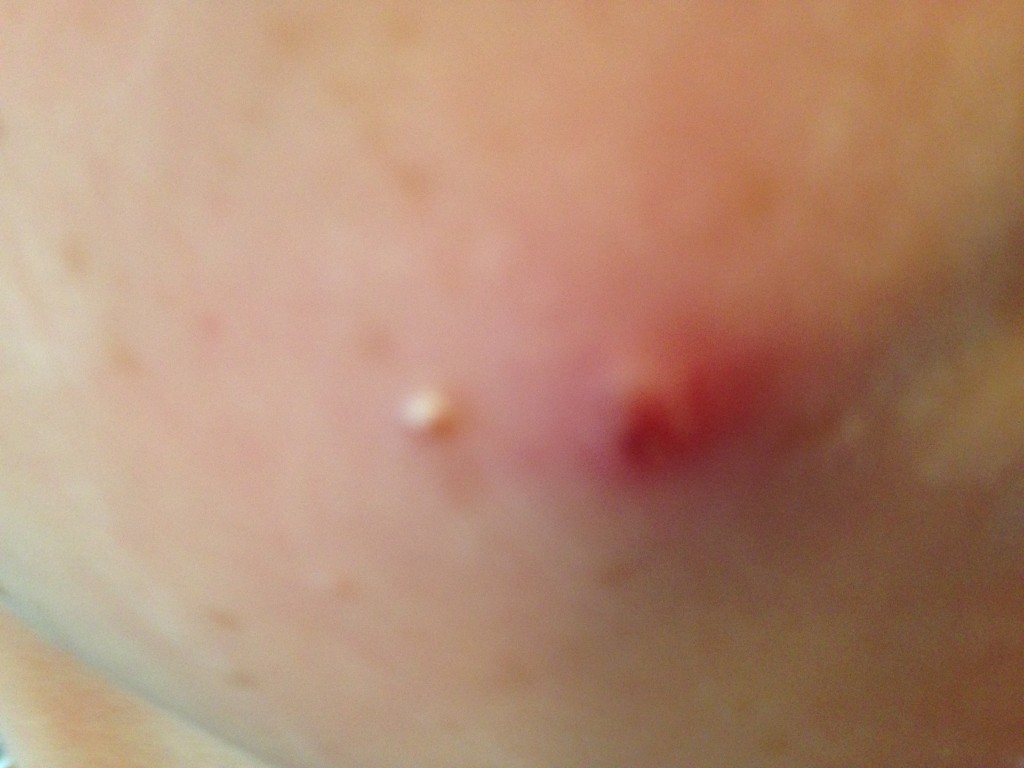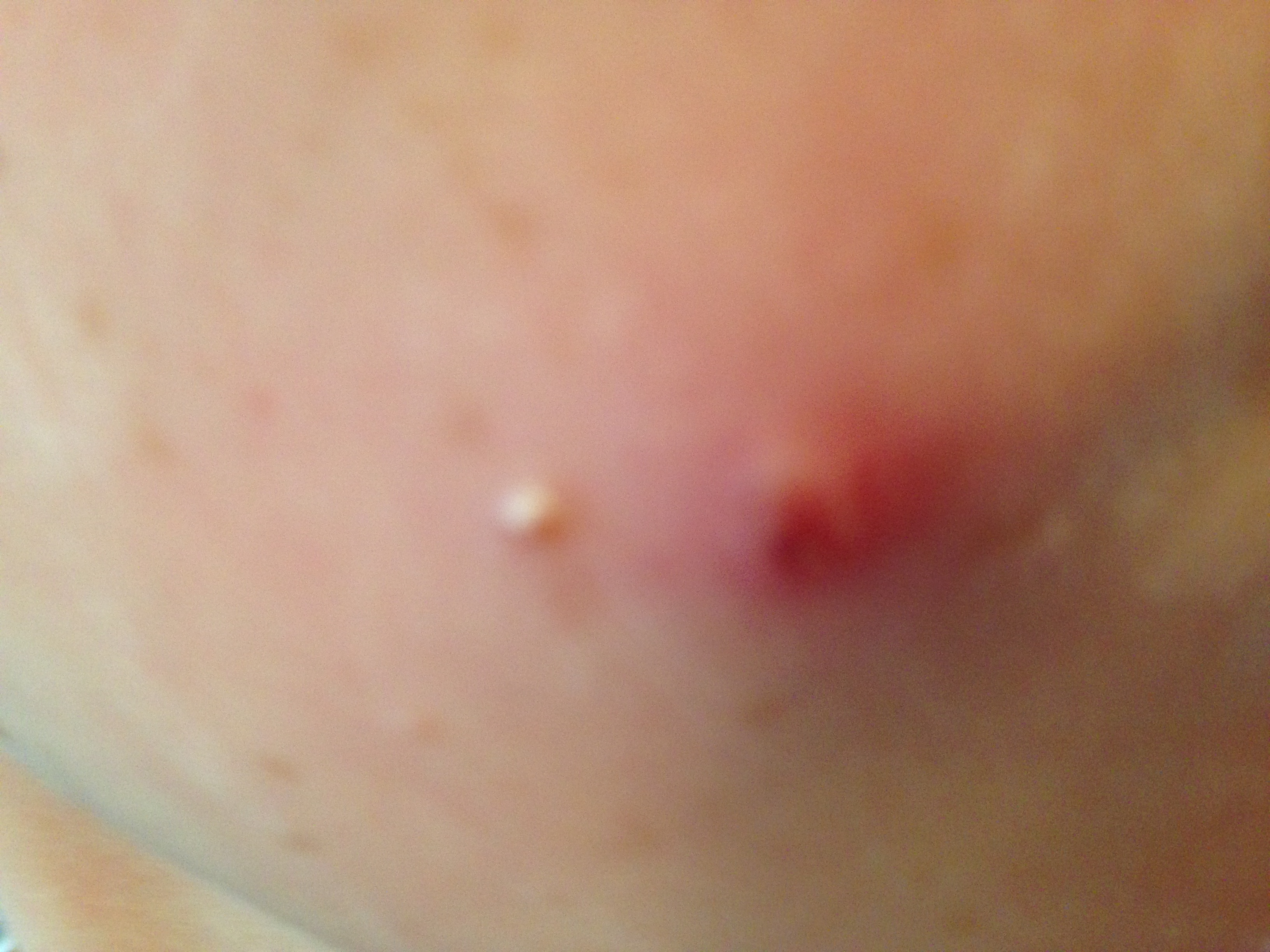
Molluscum Contagiosum
Molluscum contagiosum (MC) is a viral infection that affects the skin. It most commonly affects children, although it can occur at any age.
Usually, the only symptom of MC is a number of small, firm, raised papules (spots) that develop on the skin. They are not painful, but can be itchy.
Although the spots can look unpleasant, MC is generally a harmless condition that will normally resolve in a few months without any specific treatment.
When to seek medical advice
Visit your GP if you think you or your child may have MC. Your GP will examine your skin (or your child’s) and ask about any other symptoms.
The spots of MC are usually easy to recognise, so your GP should be able to diagnose the condition without the need for further tests.
What causes MC?
MC is caused by a virus known as the molluscum contagiosum virus (MCV).
This virus can be spread through:
close direct contact – such as touching the skin of an infected person
touching contaminated objects – such as towels, flannels, toys and clothes
sexual contact – this includes intimate physical contact as well as sexual intercourse
If you become infected by the virus and spots appear on your skin, the virus can also spread to other areas.
It is not known exactly how long someone with MC is contagious for, but it is thought the contagious period may last up until the last spot has completely healed.
Who is affected
MC can affect anyone at any age, but the condition is most common in young children – particularly those aged between one and five.
It is also more common in people with a weakened immune system – either due to a condition such as HIV or a treatment such as chemotherapy.
MC can affect a person on more than one occasion, but this is uncommon.
How MC is treated
In people who are otherwise healthy, individual spots usually clear up within two months. However, it is common for the condition to spread around the body, so it can take up to 18 months or more for the condition to resolve completely.
Routine treatment for MC, particularly in children, is generally not recommended because:
the infection usually clears up on its own
the infection does not normally cause any symptoms other than the spots
the infection does not usually interfere with everyday activities, such as going to work, swimming or playing sports
treatments can be painful and may cause scarring or damage to the surrounding skin
Treatment is usually only recommended for older children and adults when the spots are particularly unsightly and affect quality of life, or for people with weakened immune systems.
In such cases, treatments that may be offered include liquids, gels or creams that are applied directly to the skin, or minor procedures such as cryotherapy (where the spots are removed by freezing them).
In rare cases, the spots can become infected with bacteria, and occasionally the condition can lead to an eye infection, such as conjunctivitis. These complications may need additional treatment with antibiotics to clear the infection.
Read more about treating MC and the complications of MC.
Preventing MC
Although MC is infectious, the chance of passing it on to others during normal activities is small.
It is therefore not necessary to stay away from work, school or nursery, or to stop doing activities such as swimming if you have MC.
However, you should take some steps to avoid spreading the virus to other people. You should:
avoid squeezing or scratching the spots – as well as increasing the risk of the infection spreading, this can cause pain, bleeding and can lead to scarring
keep affected areas of skin covered with clothing whenever possible – a waterproof bandage can be put over the area if you go swimming
avoid sharing towels, flannels and clothing
avoid sharing baths


